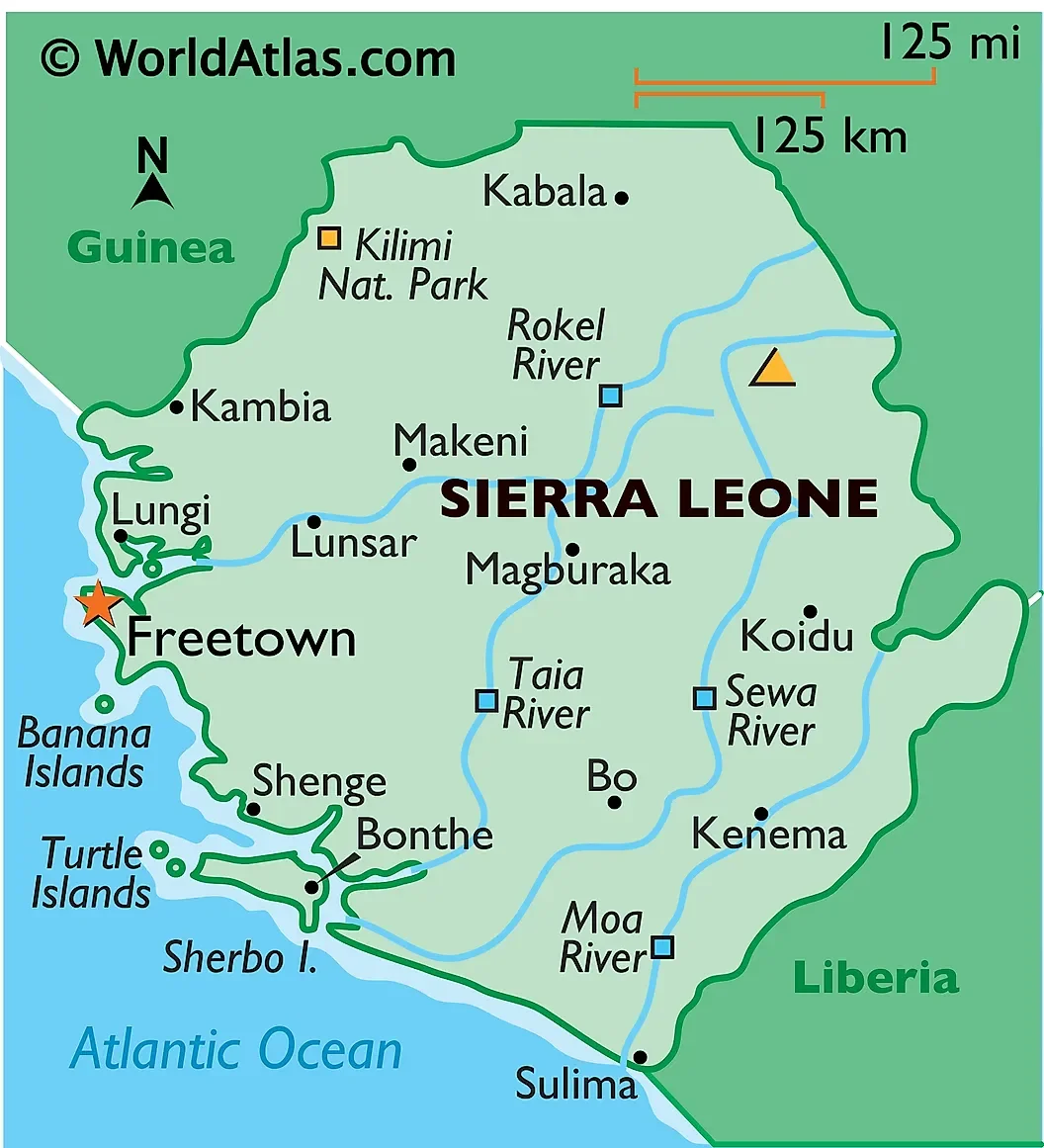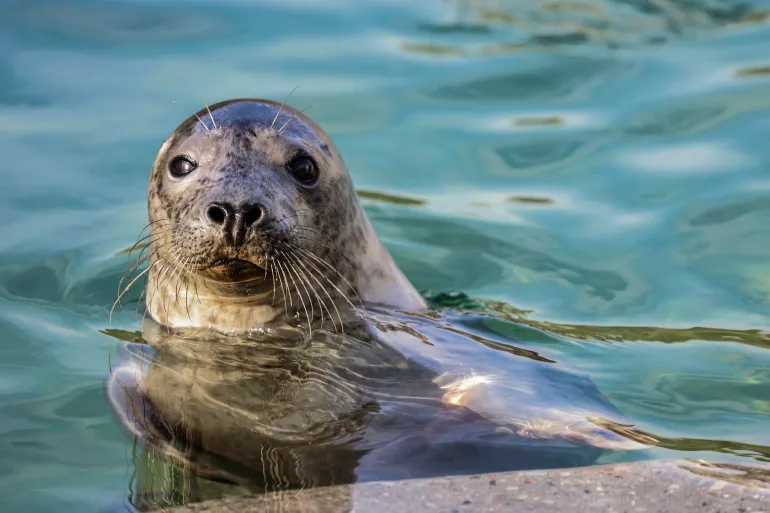15-Jul-2025
News in Shorts
News in Shorts
Sierra Leone’s Gola-Tiwai complex
Sierra Leone’s Gola-Tiwai complex, comprising the Gola Rainforest National Park (GRNP) and the Tiwai Island Wildlife Sanctuary, has been inscribed as its first United Nations Educational, Scientific and Cultural Organization (UNESCO) World Heritage Site, due to decades-long conservation efforts by a non-governmental organization Environmental Foundation for Africa (EFA).
- Tiwai Island, located on the Moa River, spans just 12 sq. km and hosts 11 species of primates, including endangered western chimpanzees and king colobus monkeys.
- Tiwai now serves as a biodiversity research hub and model for community-based conservation in West Africa.
- GRNP is Sierra Leone’s largest tropical rainforest, rich in biodiversity, including pygmy hippopotamuses and African forest elephants.
- EFA was established in 1992 and began conservation efforts in Tiwai in the early 2000s, especially after damage from Sierra Leone’s 1991–2002 civil war.
- During the war, deforestation, poaching, and illegal logging nearly destroyed Tiwai, but EFA led reconstruction, community engagement, and biodiversity protection.
- Despite the Ebola outbreak (2014), Covid-19, and extreme weather, EFA protected Tiwai and surrounding forests from ecological collapse.
- The UNESCO recognition is a landmark for Sierra Leone, validating grassroots conservation models rooted in local empowerment and ecological resilience.
Grey seal
As climate change, pollution, and overfishing threaten the Grey seal (Halichoerus grypus) in the Baltic Sea, Lithuania has launched a rehabilitation effort to support their survival and restore population balance.
- Habitat & Range: Gray seals live in coastal waters of the North Atlantic, from the US and Canada to the Baltic Sea and parts of Europe. They haul out on rocky coasts, islands, sandbars, and ice.
- Appearance: Males can grow up to 10 feet long, females are smaller. Males have large, horse-like heads. Pups are born with white lanugo fur that helps retain warmth.
- Behavior & Diet: They gather in large groups for mating and molting, but often live alone or in small groups otherwise. Their diet includes fish, squid, and sometimes seabirds.
- The seals, being apex predators, absorb high levels of pollutants, making them indicators of marine ecosystem health.
- Breeding & Lifespan: Gray seals live 25–35 years. Females give birth to a single pup after an 11-month pregnancy.
- Conservation Status: The Baltic Sea subpopulation of grey seal is listed as Least Concern on the IUCN Red List.
- Threats: Grey seals in the Baltic Sea face major threats from receding ice cover, pollution, shrinking fish stocks, and disease.


